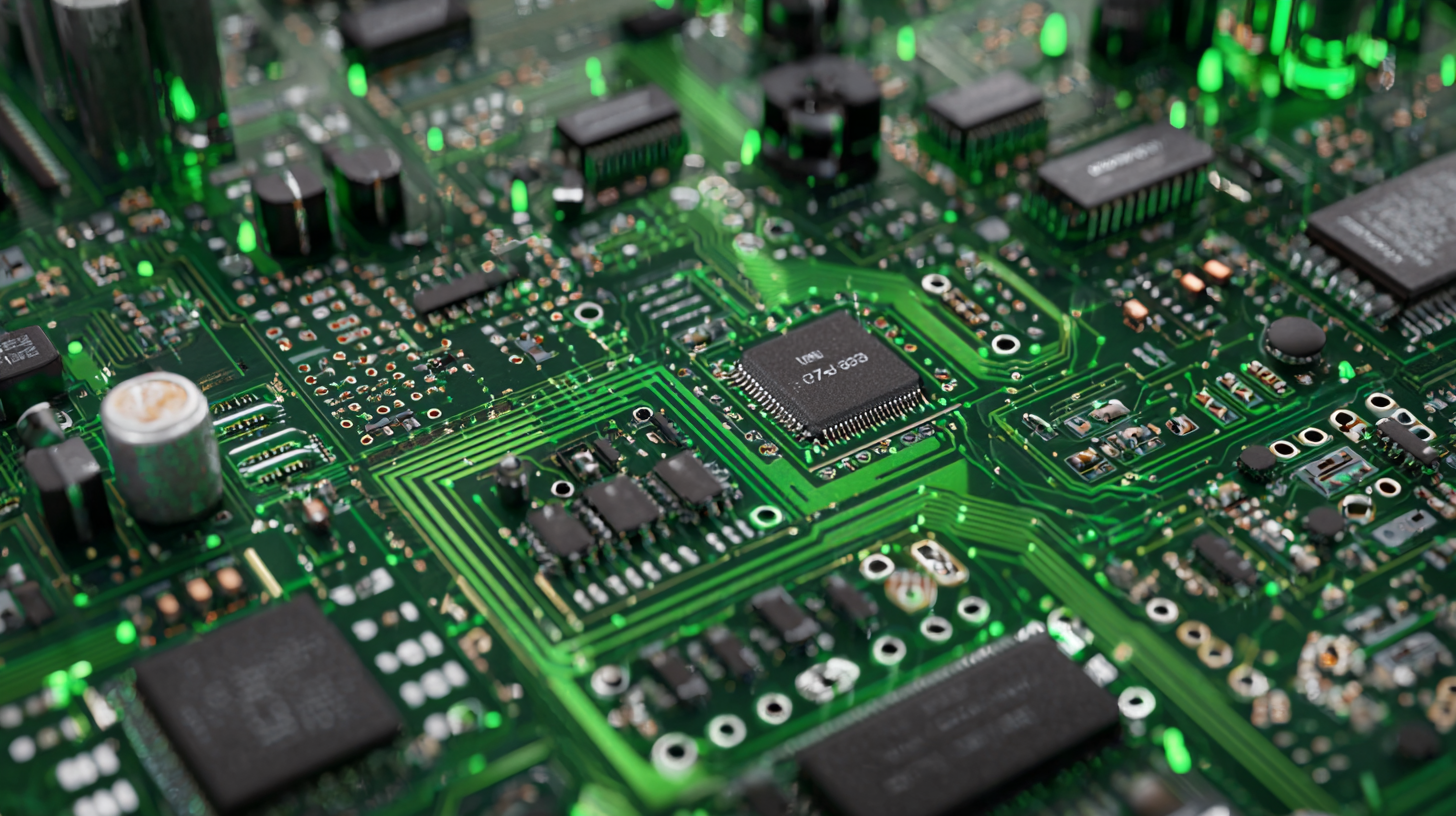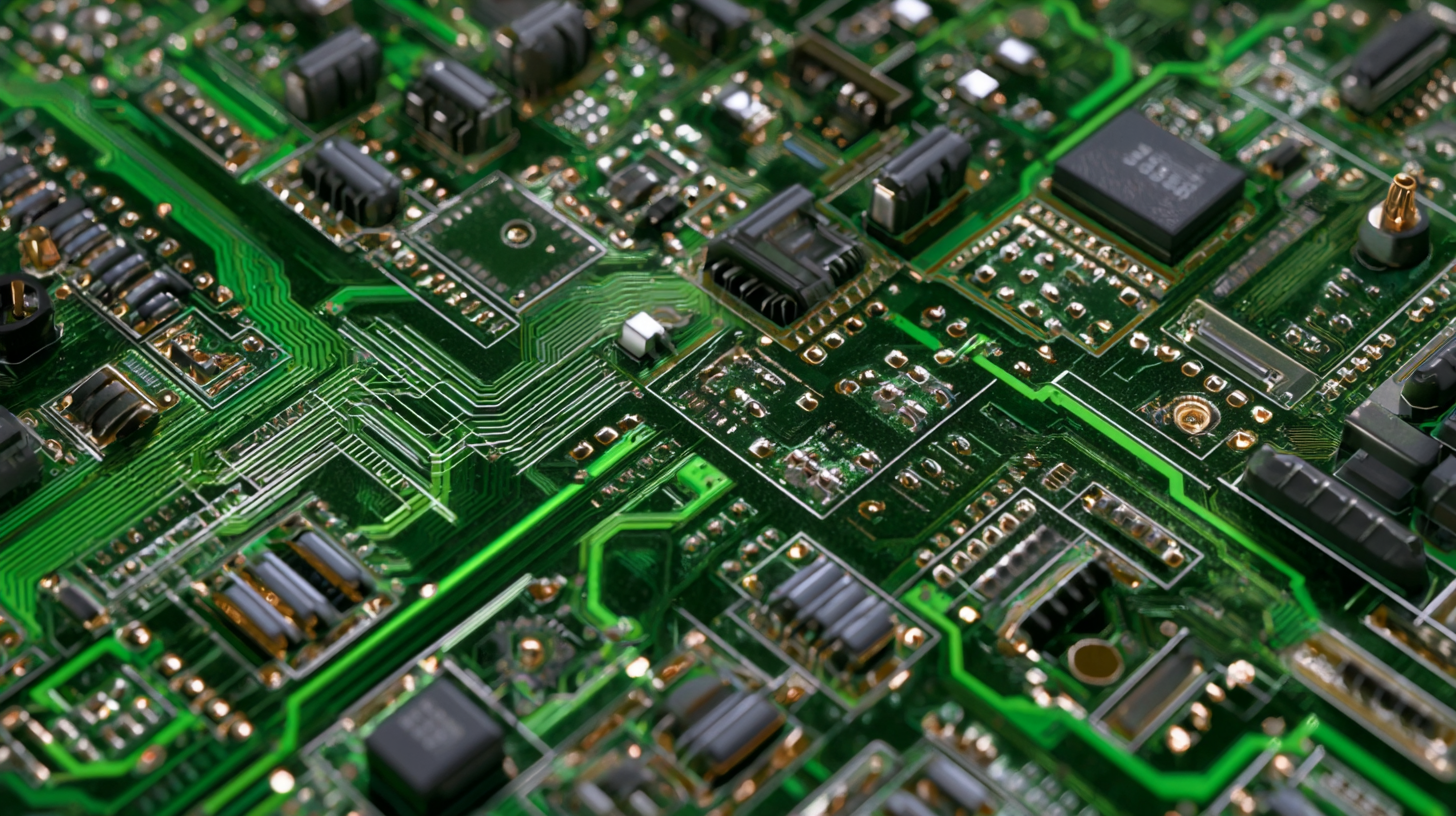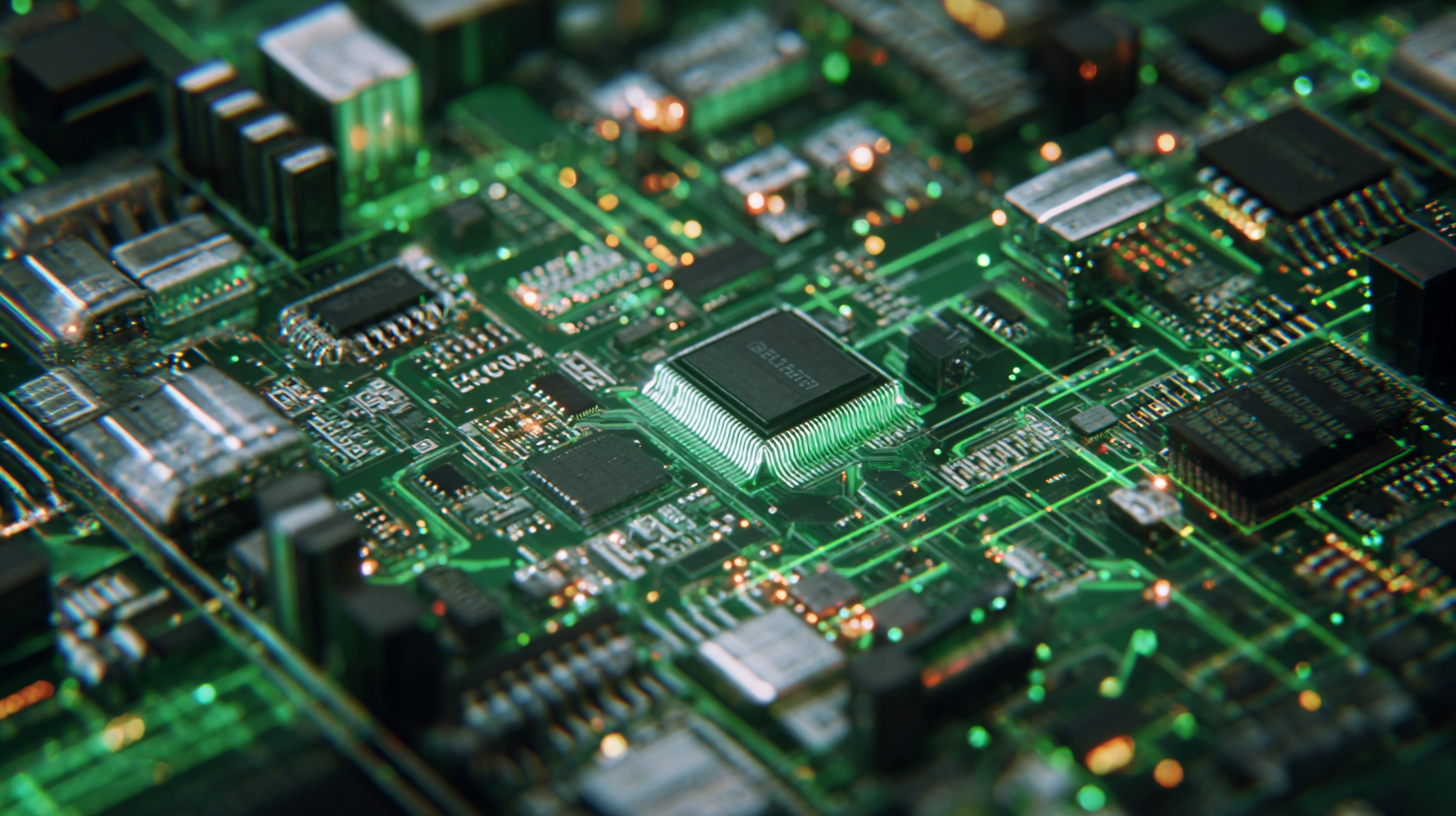- PCB Assembly
- PCB Fab
- Resources
- Company
- Blog
Navigating the Unique Features and Applications of the Best Circuit Boards for Your Projects
In today's fast-paced technological landscape, the importance of circuit boards cannot be overstated. As reported by the IPC (Association Connecting Electronics Industries), the global PCB (Printed Circuit Board) market is expected to reach a staggering $85.2 billion by 2026, growing at a CAGR of 4.7% from 2021 to 2026. This surge is driven by the increasing demand for advanced electronics in various sectors, including automotive, telecommunications, and consumer electronics. As projects evolve and require more sophisticated solutions, understanding the unique features and applications of the best circuit boards becomes crucial for engineers and manufacturers alike. Sourced from top factories in China, these circuit boards are not only a testament to cutting-edge manufacturing but have also earned global trust for their reliability and performance. As we delve into the intricacies of circuit board selection, we aim to equip you with the knowledge needed to navigate this dynamic market effectively.

Exploring the Role of Alternative Circuit Board Materials in Modern Projects
In today's rapidly evolving electronics landscape, the choice of circuit board materials plays a pivotal role in project outcomes. Traditional materials like FR-4 offer durability and are widely used; however, the emergence of alternative materials is reshaping modern electronics. For instance, biodegradable composites and bio-based plastics align well with sustainability goals, allowing enthusiasts and professional developers alike to minimize their ecological impact while still achieving high performance.
These alternative materials can provide unique benefits, such as enhanced thermal management and flexibility, making them suitable for a variety of applications, from wearable technology to intricate circuit designs. As researchers and engineers explore more about these innovative materials, the potential for creating circuit boards that are not only efficient but also eco-friendly continues to expand, opening doors for future projects that prioritize both functionality and sustainability. Embracing these options can lead to groundbreaking advancements in how we design and utilize our electronic devices.
Navigating the Unique Features and Applications of the Best Circuit Boards for Your Projects - Exploring the Role of Alternative Circuit Board Materials in Modern Projects
| Material Type | Thermal Conductivity (W/mK) | Applications | Advantages | Disadvantages |
|---|---|---|---|---|
| FR-4 | 0.5 - 0.9 | General Purpose, Consumer Electronics | Cost-effective, Good Insulator | Limited Thermal Performance |
| Thermal Interface Materials | 5 - 20 | LED Lighting, High-Power Applications | High Thermal Conductivity | Potentially Expensive |
| CEM-1 | 0.5 - 0.6 | Low-Frequency RF Applications | Affordable, Lightweight | Lower Performance Compared to FR-4 |
| Ceramic | 20 - 30 | High-Frequency, RF, Microwave | Excellent Thermal and Electrical Properties | Brittle, Expensive |
| Aluminum | 200 - 250 | Power Supplies, LED Lighting | Excellent Heat Dissipation | More Difficult to Work With |
Comparing Traditional vs. Alternative Circuit Board Types: Pros and Cons
When embarking on any electronic project, the choice of circuit board can significantly impact functionality, cost, and ease of use. Traditional circuit boards, commonly made of fiberglass and copper, offer robustness and excellent thermal management. They are highly reliable for various applications, especially in consumer electronics. However, they can be quite rigid and may not be suitable for all designs, particularly where flexibility and space-saving are crucial. Projects requiring high integration and miniaturization might find these boards a bit cumbersome.
In contrast, alternative circuit board types, such as flexible PCB (FPC) and printed circuit film (PCF), come with their own set of advantages and disadvantages. Flexible PCBs, for instance, are perfect for applications that involve bending or twisting, such as wearable technology or compact devices. They allow for complex designs and lighter products. However, they often come at a higher cost and can require more effort in terms of design and manufacturing precision. On the other hand, PCF boards are lightweight and easier to produce, but they may not offer the same durability or heat resistance as their traditional counterparts. Ultimately, the decision between traditional and alternative circuit boards boils down to the specific needs of your project, taking into consideration factors such as cost, reliability, size, and application flexibility.
Innovative Applications of Flexible Circuit Boards in Custom Solutions
Flexible circuit boards have revolutionized the electronics landscape, providing innovative solutions for a wide range of applications. Their unique ability to bend and conform to various shapes makes them ideal for use in compact devices such as smartphones, wearables, and medical devices. With flexibility comes the advantage of reduced weight and size, allowing designers to create sleeker products without sacrificing performance. Companies are increasingly turning to flexible circuits to enhance their designs, leading to more efficient and effective products in the marketplace.
When integrating flexible circuit boards into your projects, consider the following tips. First, assess the specific requirements of your application. Understanding the environment in which the circuit will operate can help determine the materials and design features necessary for optimal performance. Second, collaborate closely with your circuit board manufacturer. Their expertise can provide invaluable insights into design modifications that could improve functionality. Lastly, always perform thorough testing on prototypes to ensure reliability under various conditions before mass production.
As industries continue to evolve, the adoption of flexible circuit boards is on the rise. Their adaptability not only meets the needs of current technology but also paves the way for future innovations in custom electronic solutions. Embracing these advancements in circuit design will empower creators to push boundaries and explore uncharted territories in their projects.
Navigating the Unique Features and Applications of Circuit Boards
This bar chart illustrates the various applications of flexible circuit boards in modern technologies. It highlights the growing uses across different sectors such as medical devices, consumer electronics, automotive, and renewable energy solutions.
Sustainable Circuit Board Options: Eco-Friendly Alternatives for Your Projects
As the electronics industry grapples with the escalating challenge of electronic waste (e-waste), the push for sustainable circuit boards has emerged as a pivotal trend. The incorporation of biodegradable materials into printed circuit boards (PCBs) is increasingly recognized as a viable solution to address environmental concerns. Research indicates that using biodegradable substrates for both rigid and flexible circuit boards can significantly reduce the harmful impact of e-waste on our planet. These advancements reflect a broader industry shift toward not only eco-friendly materials but also innovative manufacturing practices that prioritize sustainability.

Furthermore, the development of easily recyclable PCBs is gaining traction, driven by a dual necessity: the urgent need to minimize waste and to enhance the lifecycle management of electronic products. As firms explore alternatives such as lab-made PLA-PCBs and wood-based components, the landscape of sustainable electronics manufacturing is evolving rapidly. This focus on creating greener technologies not only paves the way for more responsible consumption but also encourages manufacturers to adopt practices that align with environmental stewardship, ultimately benefiting both society and the planet.
Cost-Effective Alternatives to Conventional Circuit Boards for Budget-Conscious Makers
As the maker movement gains momentum, many enthusiasts are seeking budget-friendly solutions without compromising quality. According to a report from Mordor Intelligence, the global DIY electronics market is expected to grow significantly, driven by an increasing number of hobbyists and professionals looking for cost-effective alternatives. Conventional circuit boards, while reliable, often come with a higher price tag that can deter budding inventors. This has led to an uptick in interest in materials like printed circuit boards (PCBs) made from recycled materials or low-cost composites, which maintain functionality while significantly reducing expenses.
In response to these trends, numerous manufacturers have begun offering more affordable circuit board options, enabling makers to experiment without the fear of overspending. A study by Research and Markets indicates that the price of basic PCBs has dropped by approximately 12-15% in recent years due to advancements in manufacturing technologies and increased competition. This reduction allows innovators to allocate funds towards other essential project aspects, such as sensors and microcontrollers, ultimately fostering a more vibrant and accessible technological landscape for creators at all levels.

Phone
 WhatsApp
WhatsAppEmail
Offer Electronics Manufacturing All-in-One
PCBONLINE® is a registered trademark or service mark of pcb online limited or its affiliates.
Copyright © 2001-2024 Pcb Online Limited. All rights reserved